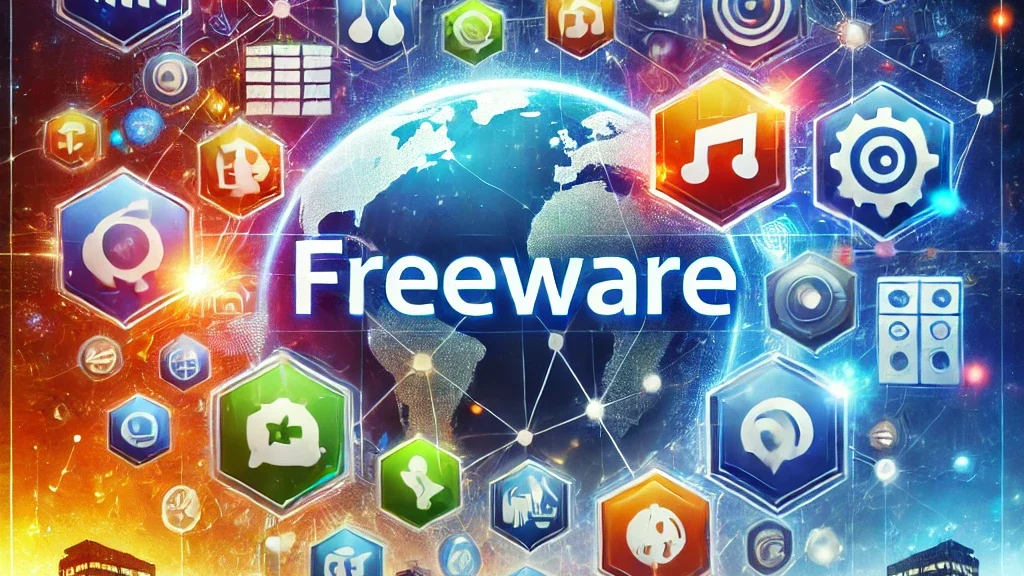
The Importance of Accessible Software
Introduction
In a world where technology drives nearly every aspect of our lives, access to digital tools has become a fundamental necessity. However, the cost of premium software often creates barriers for individuals, startups, and organizations with limited budgets. Freeware, or free software, plays a crucial role in bridging this gap, empowering users across the globe with tools that level the playing field.
What is Freeware?
Freeware refers to software that is available to users at no cost. Unlike open-source software, freeware doesn’t necessarily allow users to view or modify its source code, but it still provides a valuable alternative to costly commercial programs.
Key characteristics of freeware include:
- Zero Cost: No purchase or subscription is required.
- Accessibility: Freely downloadable from official websites or app stores.
- Versatility: Available across various categories like productivity, design, security, and entertainment.
How Freeware Democratizes Technology
- Accessibility for All
Freeware eliminates financial barriers, ensuring that individuals from all socioeconomic backgrounds can access essential tools. For instance:
- Students benefit from free word processors and educational software.
- Entrepreneurs use freeware like GIMP (image editing) or LibreOffice (productivity) to start businesses on a shoestring budget.
- Supporting Small Businesses and Startups
Small enterprises often struggle to afford premium software licenses. Freeware enables them to compete in the digital marketplace by providing tools like:
- Trello or Asana: Project management.
- Canva Free: Basic graphic design.
- Empowering Creatives
Creative professionals and hobbyists can explore their potential without investing in expensive tools. Examples include:
- Audacity: Audio editing.
- DaVinci Resolve Free Edition: Video editing.
- Global Collaboration and Innovation
Freeware fosters collaboration by providing universal tools that anyone can use. Teams across the globe can work together without worrying about compatibility or costs. - Enhancing Digital Literacy
By offering easy-to-use tools at no cost, freeware encourages more people to learn and engage with technology. This helps close the digital divide and builds a more tech-savvy society.
Examples of Impactful Freeware
- Mozilla Firefox: A free, open-source web browser promoting internet freedom.
- Blender: A professional-grade 3D modeling and animation tool.
- VLC Media Player: A versatile, lightweight media player used worldwide.
Challenges and Considerations
- Hidden Costs: Some freeware includes ads or prompts for premium upgrades.
- Security Risks: Users must ensure downloads come from trusted sources to avoid malware.
- Limited Features: Freeware may lack advanced features available in paid versions.
Conclusion
Freeware is a powerful force for democratizing technology, granting access to tools that empower individuals and communities worldwide. As more developers embrace this model, the potential to bridge digital divides and inspire innovation grows exponentially. By making technology more inclusive, freeware helps pave the way for a future where everyone has the opportunity to thrive in the digital age.
Explore affordable products to complement your favorite freeware at the Diggabyte Market.
What are your favorite freeware tools? Share your recommendations in the comments!
